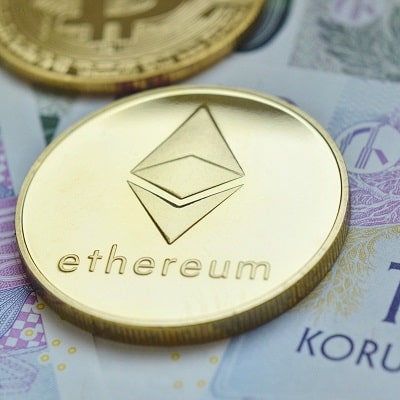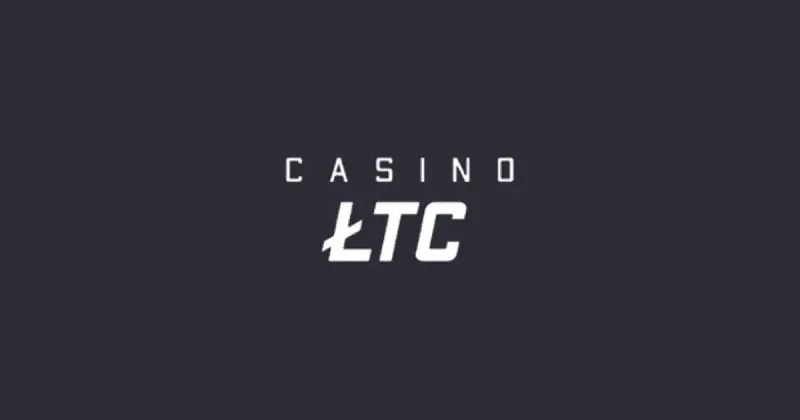The World of NFTs – Technologies, Benefits and Risks

In recent years, unique tokens (NFTs) have entered the market, offering a new way to create, distribute and monetize unique digital assets. Using blockchain technology, NFTs provide a way to verify the ownership and provenance of digital items, creating scarcity and value in the realm of infinitely reproducible assets.
In this article, we take a closer look at the world of NFTs by examining their definition, applications, and associated risks.
What is NFT?
NFTs are digital assets that are stored on the blockchain and cannot be substituted for other tokens. Unlike cryptocurrencies, they are unique and that is what makes them valuable. NFTs can represent everything from unique artwork and music to virtual real estate, in-game items and more.
NFTs are created using smart contracts, which are self-executing agreements that run on a blockchain. These contracts define the rules for ownership, transfer, and other characteristics of the asset, and are automatically enforced by the network.

NFT Applications
Cryptoart
One of the most popular uses of NFTs is crypto art. NFTs provide digital artists with the opportunity to sell their work as unique and unrepeatable assets that cannot be reproduced or copied. This has opened up a new market for art collectors and investors who are willing to pay huge sums of money for rare and exclusive works of art.
Video Games and Casino
NFTs are also used in the video game industry and online casinos to create and sell unique in-game items such as weapons, chips, skins, or unique card backs. Using NFTs, players can buy, sell, and trade these items, creating a new economy within the game itself.
Music
Musicians are starting to use NFTs as a way to monetize their work and provide unique experiences to their fans. NFTs can be used to sell rights to albums, songs, and other creative works, providing a way to reward fans who are willing to pay more for exclusive content.
Real estate
Virtual real estate is another area where NFTs are starting to gain momentum. The companies are creating virtual worlds where players can buy and sell virtual land, buildings, and other assets, creating a new in-game economy.
Risks and restrictions
While there are many benefits to using NFTs, they also come with some risks and limitations that you should be aware of before investing in them.
High volatility
NFT prices can be very volatile and fluctuate quickly just like any other digital asset. This means that investors can make significant gains or losses over short periods of time, depending on market conditions.
Uncertain legal status
The issue of the legality and use of NFTs, especially at the legal level, is still unclear in several jurisdictions and can create uncertainty for investors and creators, as well as legal risks.
Ecological problems
The process of creating and trading NFTs requires a significant amount of energy, which can have negative environmental impacts. Some critics argue that the energy consumption required to power blockchain networks is unsustainable and contributes to climate change.
Conclusion
NFTs are a fun and innovative way to create, distribute and monetize digital assets. They have already found their way into many industries, including art, music, gaming and non-virtual real estate, creating new opportunities and economies for creators and investors alike. However, the use of NFTs also comes with risks and limitations, including high volatility, uncertain legal status, and environmental issues that should be considered and taken into account before investing in them.



